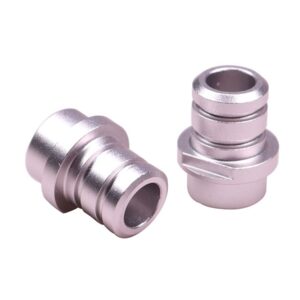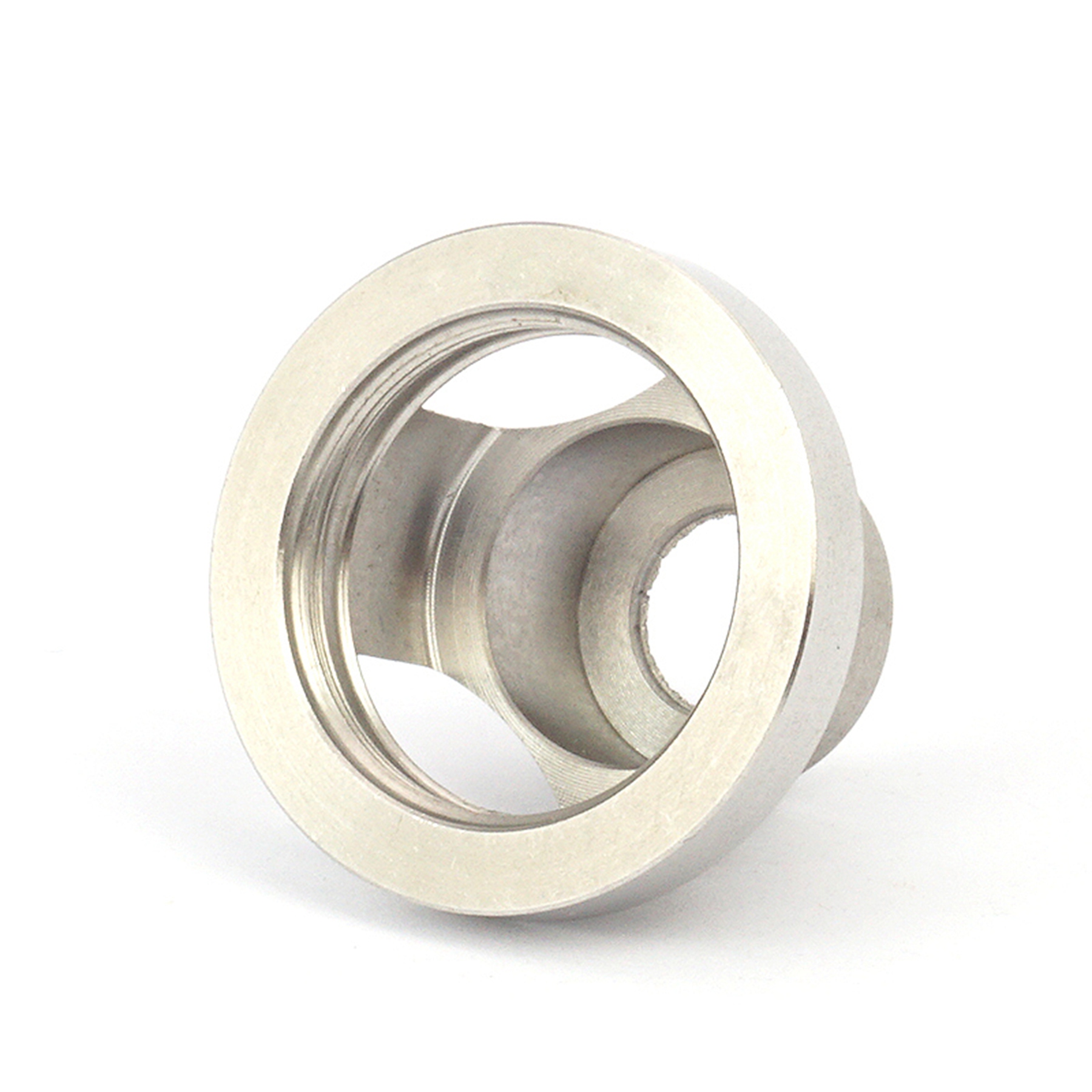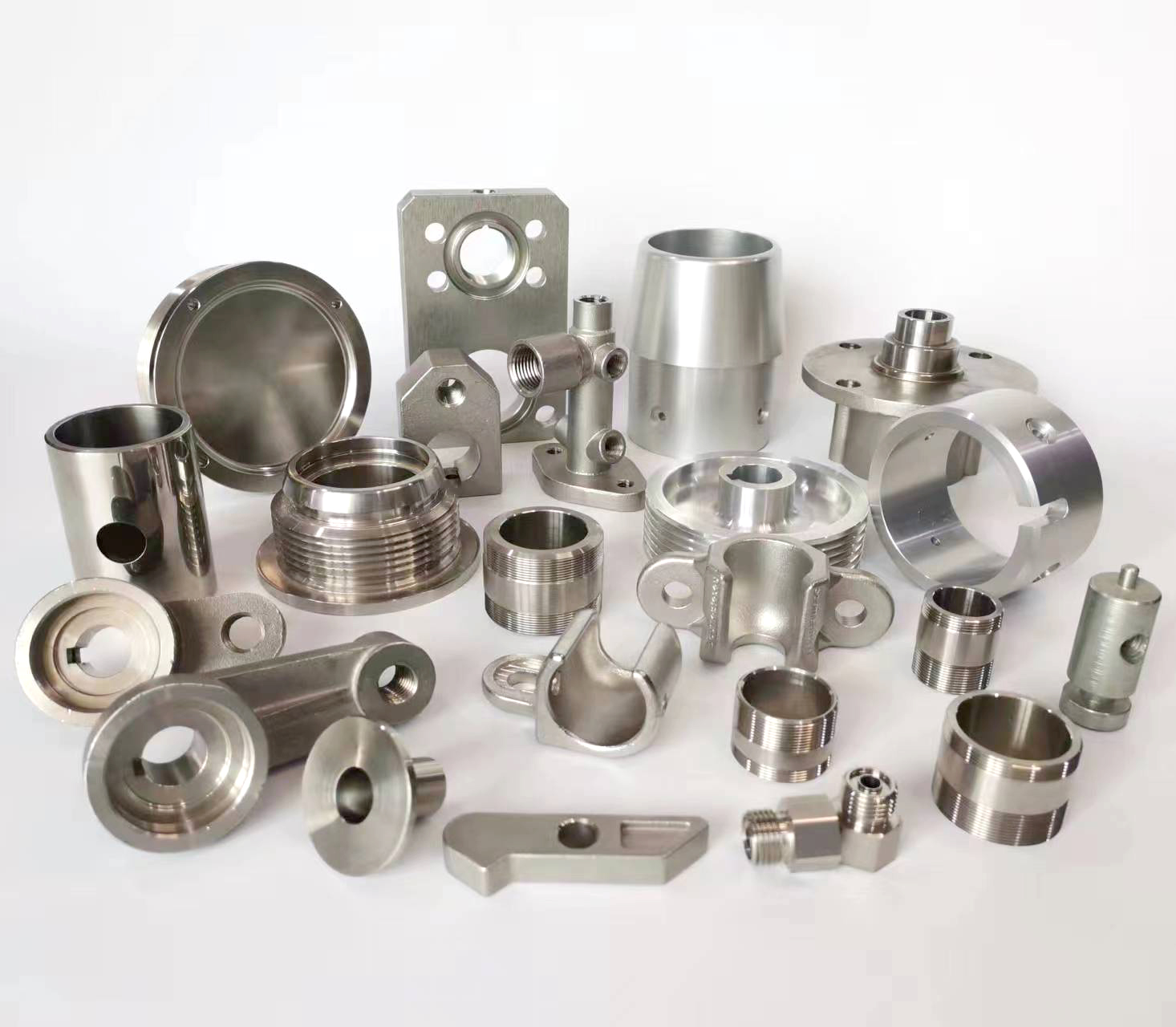
Aluminum is one of the most versatile and widely used engineering materials due to its exceptional properties: it’s lightweight (about one-third the density of steel), corrosion-resistant (forms a protective oxide layer), highly malleable and ductile, a good conductor of heat and electricity, non-magnetic, and non-toxic. It’s also easily recyclable without loss of quality.
These properties make it suitable for producing a vast array of components across numerous industries.
- Automotive and Transportation Components
The push for improved fuel efficiency and reduced emissions makes aluminum’s lightweight nature critical.
Engine Parts: Cylinder heads, engine blocks, pistons, and radiators. Aluminum’s excellent thermal conductivity helps in heat dissipation.
Wheels (Alloy Rims): Preferred for reducing unsprung mass, improving handling, braking, and fuel economy.
Chassis and Body Panels: Hoods, doors, trunk lids, and entire body frames (e.g., in Audi’s Space Frame design). This reduces the overall vehicle weight.
Battery Enclosures for EVs: Lightweight, protective housings for electric vehicle battery packs.
Heat Exchangers: Condensers and evaporators in air conditioning systems.
Bumpers and Crash Management Systems: Absorbs impact energy effectively.
2. Aerospace and Aviation Components
This industry was one of the first to adopt aluminum extensively, where the strength-to-weight ratio is paramount.
Aircraft Fuselage and Skin: The airframe structure is primarily made from high-strength aluminum alloys (e.g., 7075, 2024).
Wing and Tail Sections: Spars, ribs, and stringers that form the internal structure.
Seat Frames and Tracks: Lightweight seating components and the mechanisms that secure them to the floor.
Landing Gear Components: High-strength forged parts that can withstand immense stress.
Interior Panels and Cabinetry: Overhead bins, galley structures, and decorative trim.
3. Electronics and Consumer Goods Components
Aluminum’s conductivity, EMI shielding, and aesthetic appeal make it ideal for electronics.
Heat Sinks: Extruded or die-cast components that draw heat away from CPUs, GPUs, and LEDs. Its thermal conductivity is crucial.
Smartphone and Laptop Casings: Provides a sleek, modern look, is lightweight, and acts as a structural chassis and heat dissipator (e.g., MacBook unibody).
Hard Drive Platters: The disks inside hard drives are often made from an aluminum substrate.
TV and Display Frames: Lightweight and easy to form into sleek designs.
Camera Bodies and Tripods: Durable yet lightweight for portability.
- Construction and Architectural Components
Its corrosion resistance and ability to be formed into complex shapes are key here.
Window Frames and Doors: Extruded profiles for residential and commercial buildings. They are durable, low-maintenance, and thermally efficient (often with thermal breaks).
Curtain Walls and Facades: The structural framing and cladding panels for modern skyscrapers.
Roofing and Siding: Especially in harsh environments due to its corrosion resistance.
Staircases, Balustrades, and Handrails: Offers a modern aesthetic and is weather-resistant.
Structural Support Beams and Trusses: Used in large-span structures like airports and stadiums.
5. Industrial and Machinery Components
Pneumatic and Hydraulic Cylinders: Lightweight and corrosion-resistant bodies.
Conveyor Systems: Frames and components where reducing weight saves energy.
Gears, Pulleys, and Bushings: Where non-magnetic properties or reduced weight is beneficial.
Machine Guards and Enclosures: Protects machinery while being easy to handle and install.
Robotic Arms: Reducing the weight of robotic components allows for faster movement and lower power consumption.
6. Everyday and Miscellaneous Components
Cookware: Pots, pans, baking sheets. Excellent and even heat distribution.
Furniture: Frames for chairs, tables, and outdoor furniture due to its rust resistance.
Sporting Goods: Baseball bats, tennis rackets, golf club heads, bicycle frames (where it offers a stiff, lightweight alternative to carbon fiber).
Packaging: Beverage cans, food containers, foil wrappings. It’s non-toxic and provides a perfect barrier against light, oxygen, and contamination.
Tools: Lightweight ladders, wrenches, and drill housings.
Key Manufacturing Processes:
The suitability of aluminum for these components is enabled by several manufacturing processes:
Extrusion: Forcing aluminum through a die to create long, complex cross-sectional profiles (e.g., window frames, heat sinks).
Die Casting: Injecting molten aluminum into a mold under high pressure for high-volume, complex parts (e.g., engine components, power tool housings).
Sheet Metal Forming: Stamping, bending, and drawing rolled aluminum sheet into shapes (e.g., car body panels, cans, cookware).
Forging: Compressing aluminum to create very strong, durable parts (e.g., aerospace components, piston heads).
Machining: Aluminum is highly machinable, allowing for precise CNC milling and turning of parts from solid billets.
In summary, aluminum’s unique combination of properties makes it the material of choice for an immense range of components where light weight, corrosion resistance, thermal management, strength, recyclability, and aesthetics are important.





